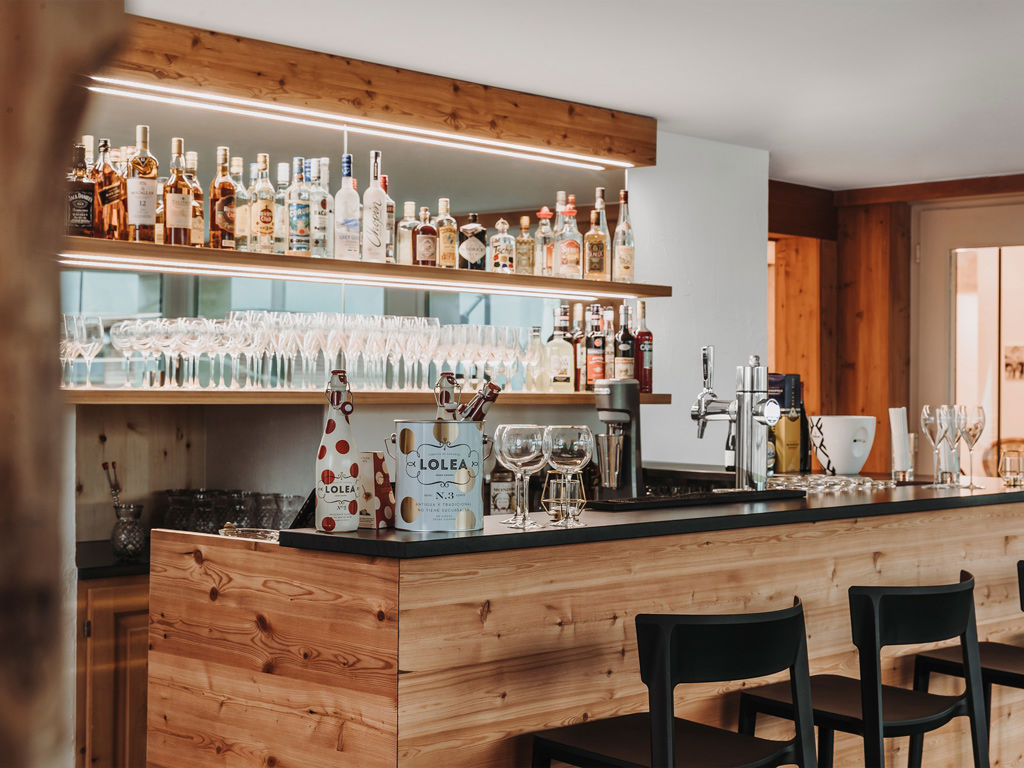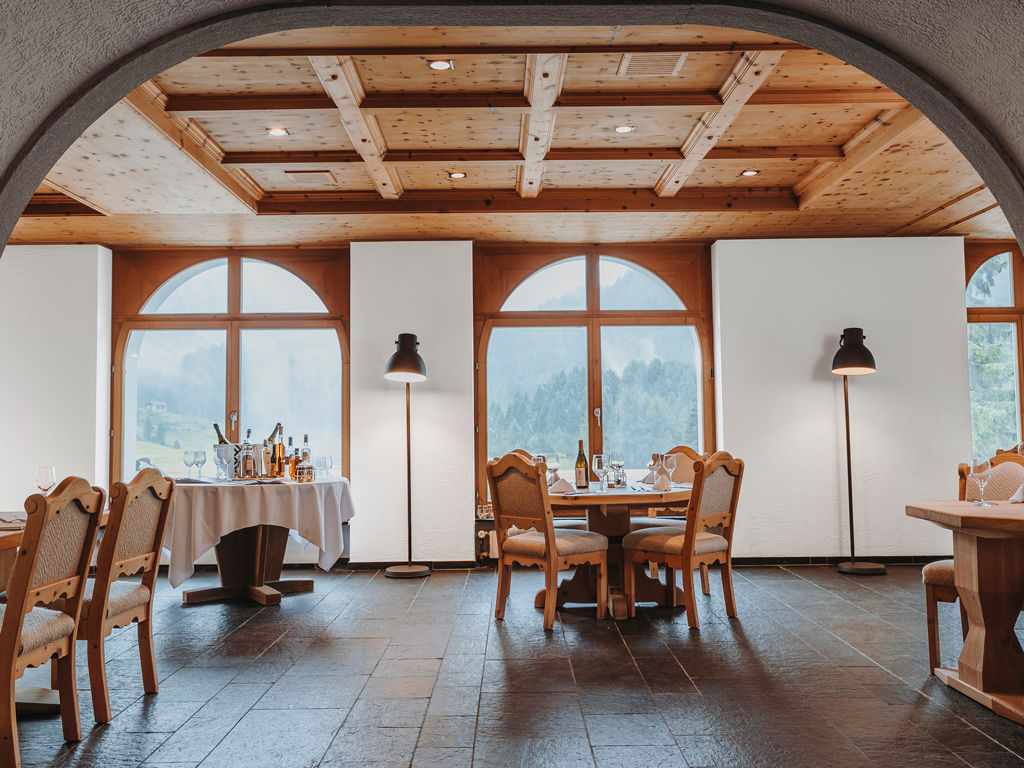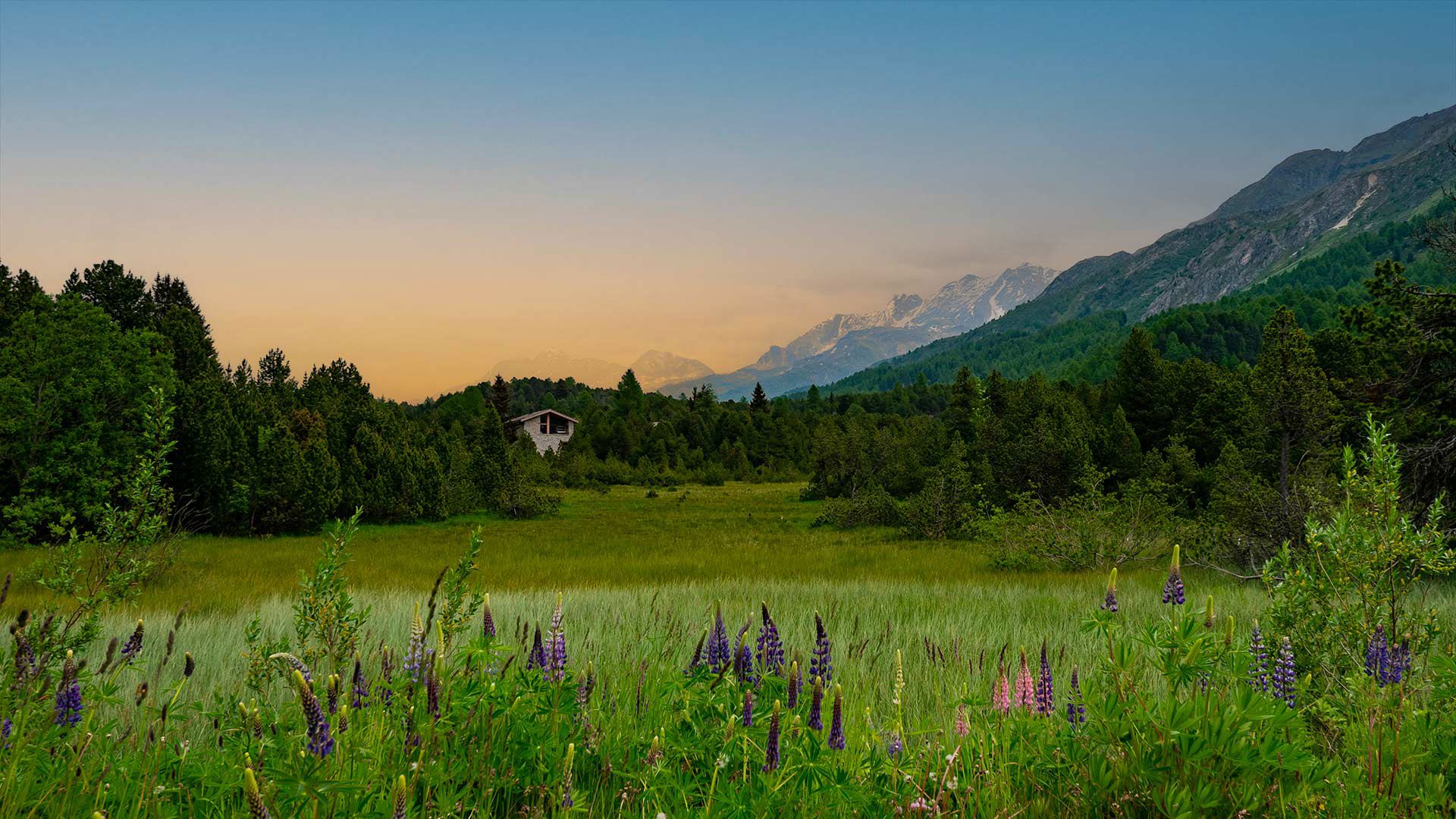



Nestled among the majestic peaks of Bregaglia Valley, Maloja Kulm is a historic, elegant, and stately alpine lodge, that overlooks the very heart of the Engadine.
Located on the summit of the Maloja Pass, just a short distance from the village of the same name, it is the perfect haven for moments of true relaxation and peace, surrounded by pristine valley, frozen lakes, and majestic mountains that seem to touch the sky.

Our high-quality culinary offering is born from the fusion of Alpine tradition and Italian gastronomic excellence.

Maloja is one of the pictoresque villages that bring color to Bregaglia Valley. Discover the valley of artists—homeland of cross-country skiing and the chestnut.

Its functional spaces surrounded by nature, make Maloja Kulm the perfect location to host a corporate incentive, a special event or a dream wedding.


Maloja Kulm’s strategic location offers access to numerous outdoor activities—ideal lovers of climbing, lakes, and scenic nature trails.


In winter, the valley is covered in brilliant white and welcomes hundreds of snow and ice sports enthusiasts: from cross-country skiing, to sleeding, to ice climbing.